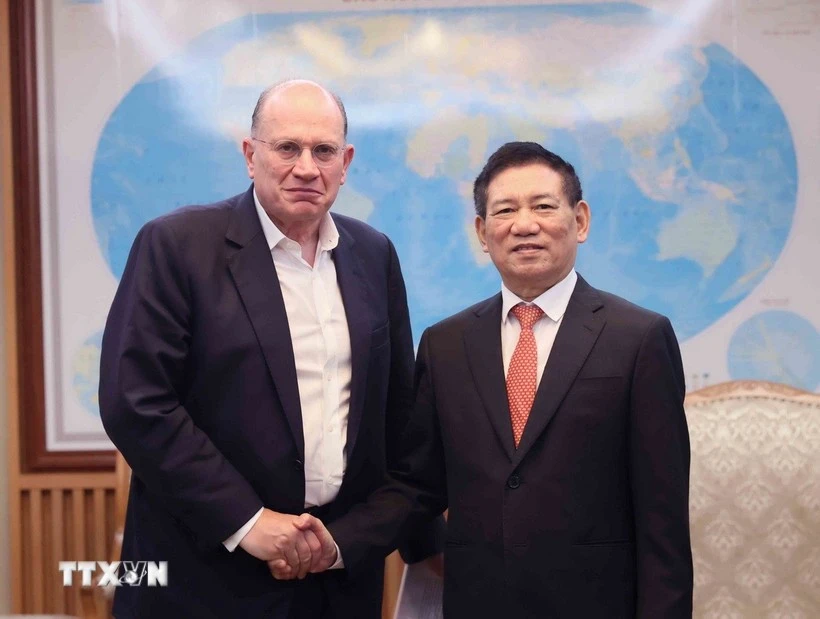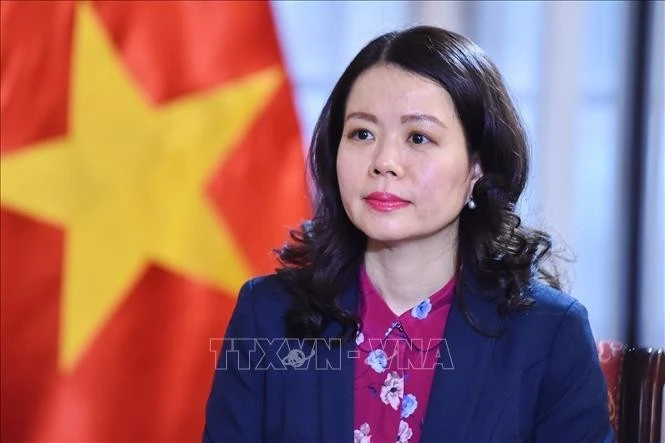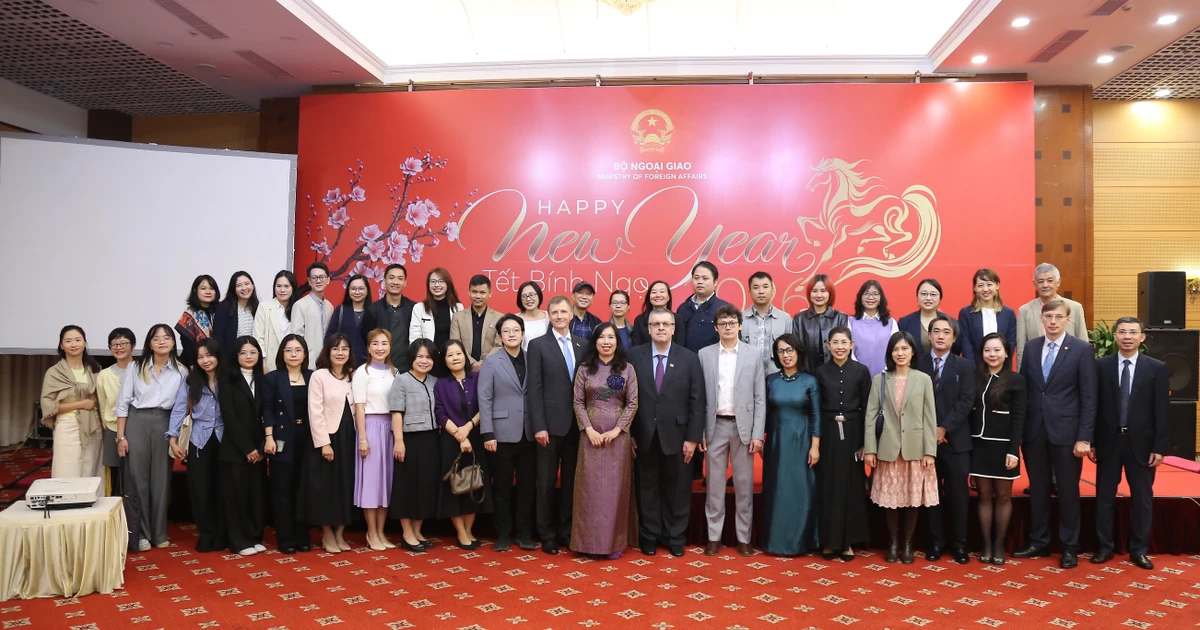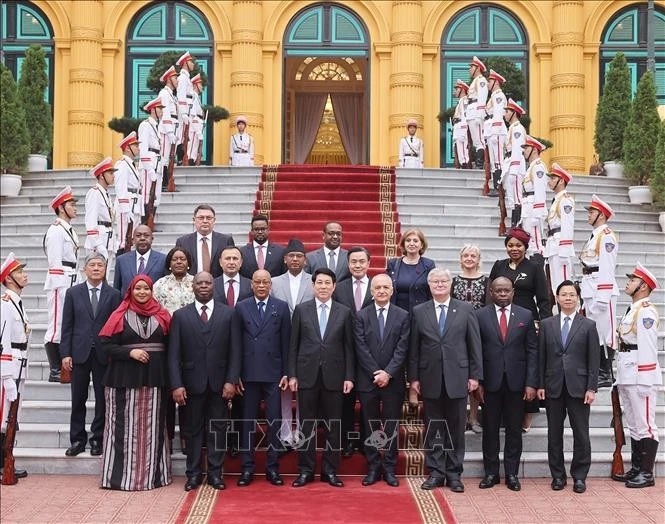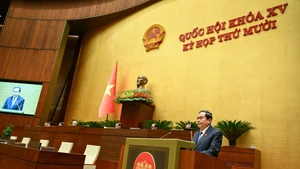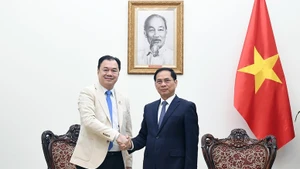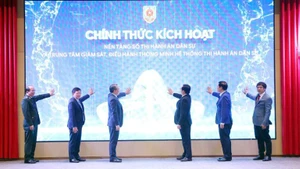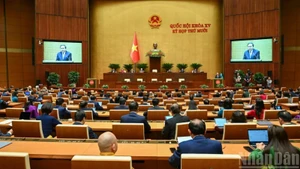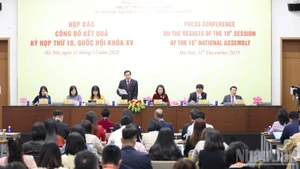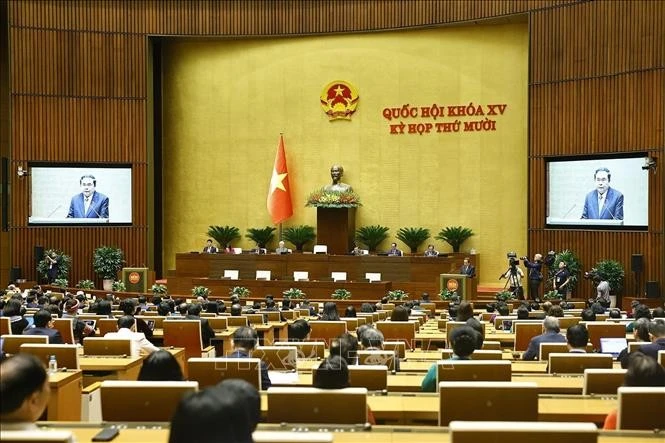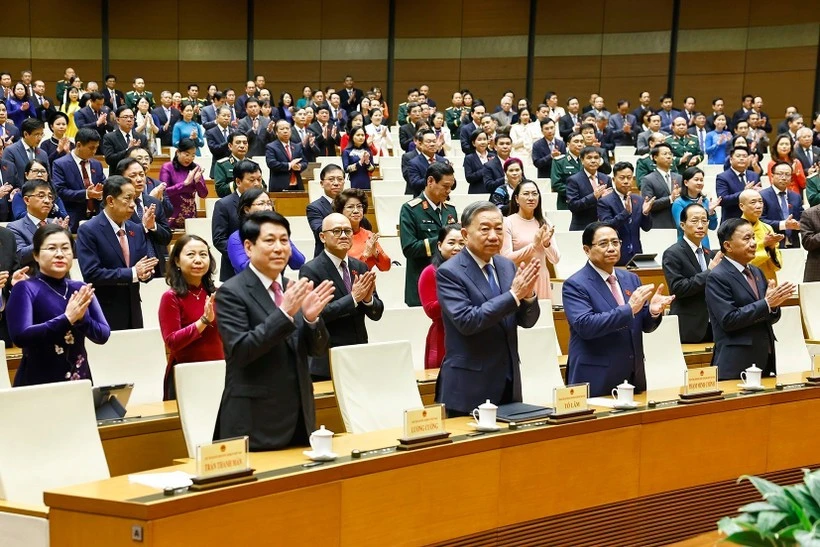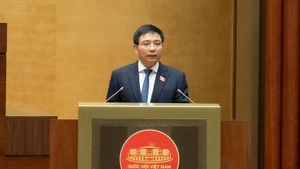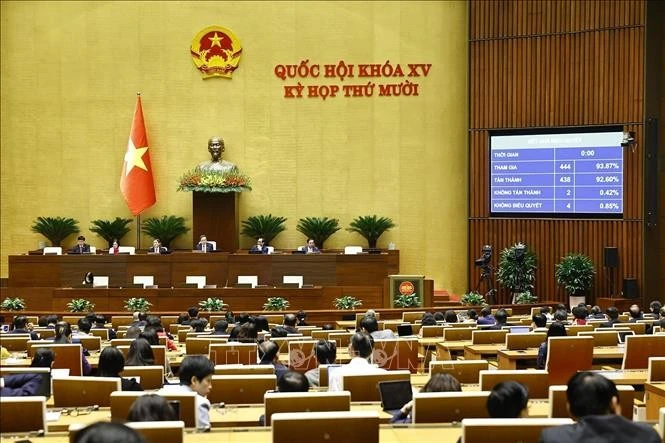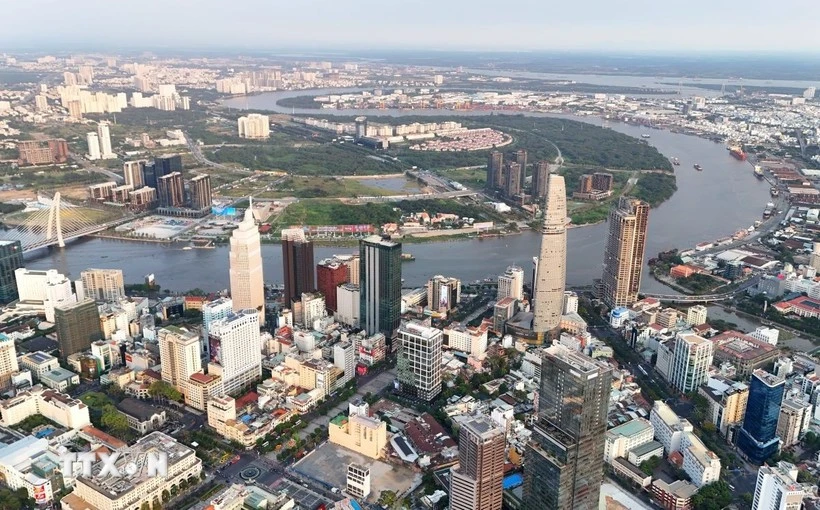On April 2, 1975, in Khanh Hoa, amid the strong offensive momentum of our military and people, the puppet government’s civil servants and police in Nha Trang fled. Khanh Hoa sub-region and Dong De Non-Commissioned Officer School were abandoned. The generals of the Corps 2 of the Republic of Vietnam Army sought means to escape. Soldiers fired their weapons to hijack vehicles and flee to Cam Ranh.
At 5 PM, after eliminating enemy checkpoints at Ro Tuong Pass and Ru Ri Pass, the combined armed forces of Division 10, guided by key revolutionary elements (sent to Ninh Hoa to welcome the liberation forces), marched across Xom Bong Bridge and entered Nha Trang City. People from Dong De to the Information House poured into the streets to welcome the revolutionary army. By the evening of April 2, 1975, Khanh Hoa Province was liberated.
In Lam Dong Province, with the support of revolutionary bases and the local populace, the main forces of Military Region 6 advanced, crossing Dai Ninh Bridge and Phi Nom Bridge to liberate Tung Nghia Town and Duc Trong District on the night of April 2, 1975. The enemy forces there quickly disintegrated. The Military Management Committee of Duc Trong District and Tung Nghia Town was established, with Comrade Nguyen Xuan Khanh as its chairman.
At the battlefront of Chon Thanh – Route 13, all enemy forces retreating from the military sector were intercepted. The liberation army units completed their assigned tasks. Local armed forces and the people coordinated with the main army to capture fleeing enemy troops. Chon Thanh military area was liberated, and a significant amount of enemy equipment and weapons were seized or destroyed.
On April 2, at Vinh An Base of Military Region 7, Lieutenant General Tran Van Tra assigned Corps 4 to deploy forces in two directions: east and southwest of Saigon. Division 9 was temporarily detached from the Corps to operate in the southwest as part of Group 232.
In Can Tho, on April 2, 1975, the Regiment 2 of Division 4 (Military Region 9) inflicted heavy losses on a battalion of Regiment 33, Division 21 of the Republic of Vietnam Army. On the same day, the enemy reinforced with two additional battalions, but they soon lost morale and retreated to Thoi Lai. Regiment 2 pursued and destroyed two M113 armoured vehicles and sank two warships on the O Mon – Thoi Lai River. During the night of April 2, Regiment 10 and the Tay Do Battalion of Can Tho Province attacked and eliminated two enemy companies, surrounding the Mot Ngan area.
In Long Chau Ha, on April 2, Regiment 101 attacked the command post of Regiment 31, Division 21 of the puppet army, causing heavy losses. The unit then destroyed a sub-region and two outposts. Our forces took control of a section of the Ha Tien – Rach Gia interprovincial road.
In the Southwest region, at the beginning of April 1975, Group 232 was reinforced with forces equivalent to a Corps level, including Divisions 3, 5, 9, Military Zone 8, and additional tank, artillery, and engineer units. These forces prepared to cross the Vam Co Dong River to advance into Saigon from the west and southwest.
At the General Headquarters, on April 2, 1975, after receiving reports on the liberation of Da Nang, General Vo Nguyen Giap instructed Comrade Le Trong Tan, Deputy Chief of the General Staff, to issue orders to Military Region 5 and the Naval Command to launch an offensive to liberate the islands, particularly the Truong Sa (Spratly) Archipelago. According to surveys, the region was believed to hold large petroleum reserves. With strategic foresight, it was evident that the seas and oceans would become a key resource for humanity in the 21st century.
On the same day, the General Political Department sent an official telegram to all battlefronts, military branches, and service units, emphasising political work in light of the new strategic opportunity and urging the troops to push forward for the complete liberation of the South.

